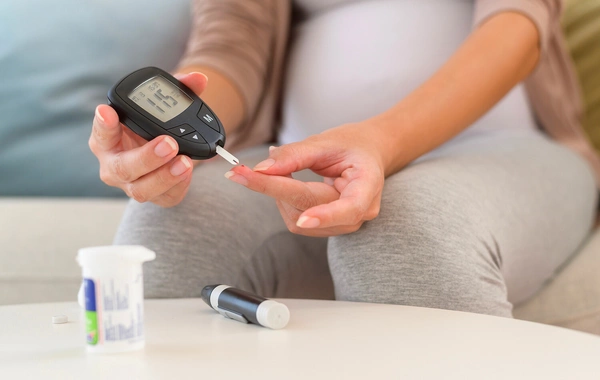A simple way to reduce the risk of diabetes by half has been identified

Prediabetes is traditionally viewed as an intermediate stage before the development of type two diabetes. However, a new study has shown: for many people, this process can be reversed. Scientists from the IMPACT Institute at Deakin University in Australia found that returning glucose levels to normal reduces the risk of the disease by more than 50%.
As reported by BAKU.WS, the work was published in the journal Diabetologia.
Prediabetes has been diagnosed in approximately two million Australians, and one in ten of them annually progresses to type two diabetes. This condition not only deteriorates the quality of life but also creates an enormous economic burden: according to Diabetes Australia, the country spends about 9.1 billion dollars per year on treatment and complications of diabetes.
Previously, medical recommendations mainly focused on slowing the transition from prediabetes to diabetes. But, as shown by the new study published in the journal Diabetologia, the strategy should be revised. The Deakin team monitored the condition of about 8,000 people from Australia, the USA, and Asian countries.
"People who managed to return their glucose levels to the normal range had a 51% lower risk of developing type two diabetes. This is a significant difference and a clear sign that reversing prediabetes is possible," noted study author Najmeh Davoudian.
A particularly pronounced effect was observed in those whose cardio-metabolic health indicators remained normal - blood pressure, cholesterol, body weight, and waist circumference. In non-smokers and people with normal body mass index, the risk decreased by 80-85%. In contrast, participants who remained in a prediabetic state doubled their likelihood of progressing to diabetes, even if other health parameters were relatively favorable.
Scientists urge a revision of treatment approaches. Instead of simply tracking dynamics, healthcare professionals should actively work on returning sugar levels to normal and eliminating accompanying risk factors.
"This is a serious signal. It's time to stop perceiving prediabetes as a slow but inevitable progression to diabetes," emphasized Davoudian. "We need to start treating it as a condition that can be reversed."
Researchers call for updated clinical guidelines so that the goal of therapy becomes precisely the restoration of normal glucose levels combined with improving overall metabolic health.
Similar News
It has become known why women face stroke more often than men
Stroke remains one of the main causes of disability worldwide, increasingly affecting not only elderly people but also young women in their most active years of...




 Azərbaycanca
Azərbaycanca  По-русски
По-русски  English
English 






